Vientiane 29 November 2019
Paul Brey the Director of the Institut Pasteur du Laos made a welcoming speech and took this opportunity to remind that this 2nd National Stakeholders Meeting has been held in the context of an exceptional outbreak of dengue in 2019 and he emphasized that this National emergency has further reinforced collaboration between IPL, NCLE and the Health Authorities.
Dr Chanthalay Sayavong, Head of CDC Division at Vientiane Capital Health Department, stressed the role of the support of ECOMORE project that benefit to the Municipality of Vientiane but also to the whole country thanks to better lab diagnosis of the disease. He reminded that 2019 has shown an unexpected number of cases in adults (70% among 40,000 cases) while dengue is still considered to harm preferentially children. Dr Chanthalay Sayavong pointed out that at the end of November, in the dry season, cases of dengue are still identified.
Matthieu Bommier, AFD Country Director in Lao PDR explained that now support of AFD to Lao population is more oriented to agricultural and climate change challenges but that ECOMORE project is crucial to show the importance of to pursue involvement of AFD in supporting the Health Sector and that Lao PDR can participate in ambitious regional projects. In this sense the photo exhibition on ECOMORE2 project will be displayed in the Institut Français and in Universities, Schools…
Marc Grandadam and Somphavanh Somlor of the Virology Unit at IPL and Virginie Pommelet epidemiologist at IPL presented the preliminary findings produced by advanced research made on dengue transmission in the framework of ECOMORE2 project.
Due to serological cross-reactivity among flaviviruses (Dengue, Japanese Encephalitis, Zika…), current enzyme-linked immunosorbent assay (ELISA) for IgM/G cannot reliably distinguish between infection by different flaviviruses. Marc Grandadam presented the work done at IPL and demonstrated the benefit to use an innovative technique, DELTAa assay vs. Indirect standard ELISA that allow to detect samples with presence of high affinity / avidity antibodies and so to eliminate potential cross-reaction with other flavivirus. For exemple the ELISA technique detect antibodies of Flavivirus in 93% of positive patients while the DELTAa technique confirm only 37% of anti-DENV IgG; this technique should assist in the routine surveillance and outbreak response to flaviviruses as well as basic research of flaviviruses virology and also contribute to the evaluation of vaccine efficacy.
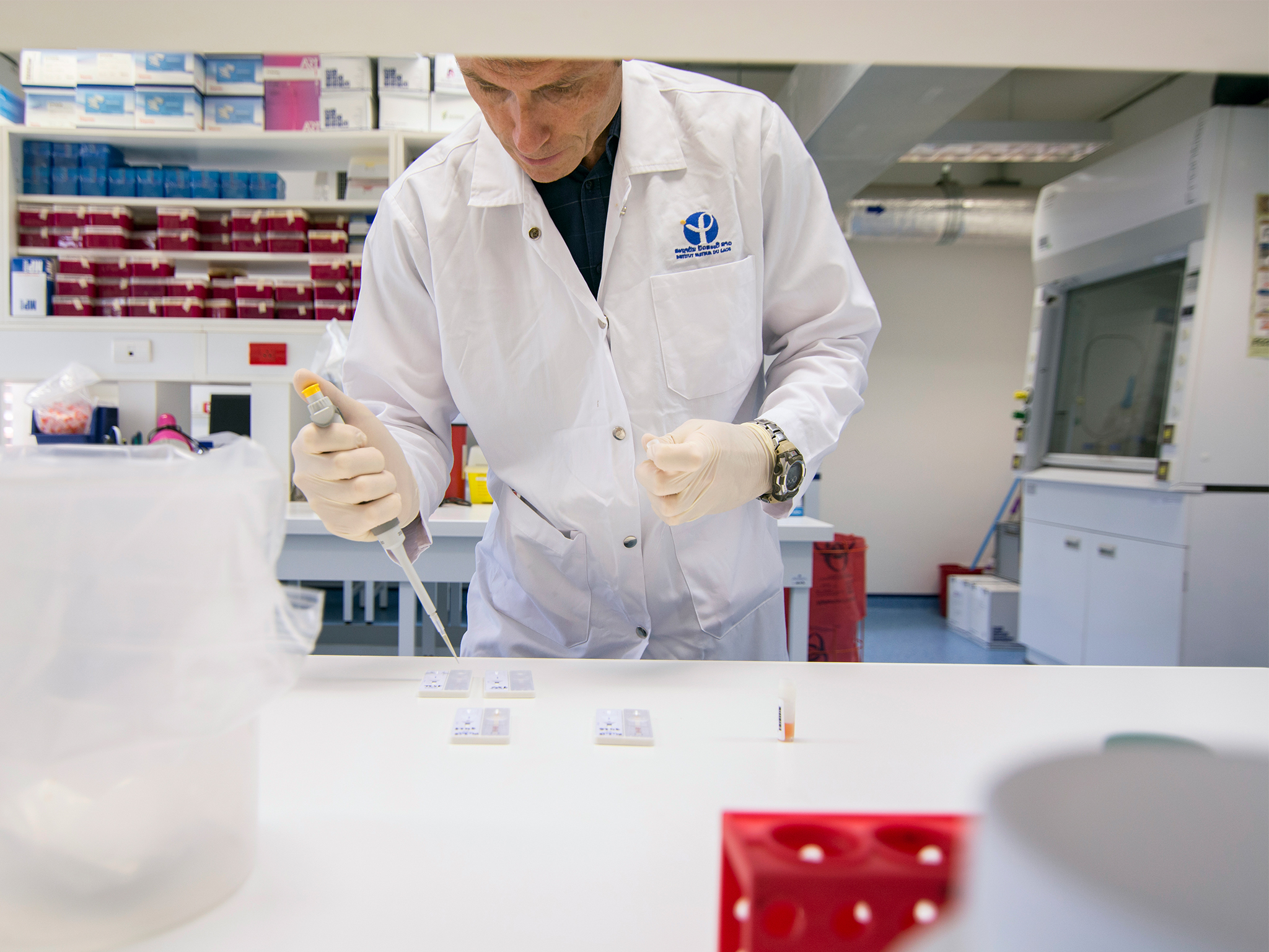
Additionally IPL in collaboration with LOMWRU detected 17 cases of PCR confirmed cases of Leptospirosis among serums tested negative for dengue showing that this disease is circulating in Vientiane. 2 cases of Chikungunya have been also identified but investigation has shown that these cases were imported from Indonesia and Myanmar. None case of Zika was detected.
Dr. Pommelet who organized a sero-survey in 9 hospitals in Vientiane with near 1,500 patients enrolled, pointed out the circulation of DENV 4, 2 and 1 in Vientiane and that the predominance of multiple exposure profiles (4 serotypes) suggest that always the same people are exposed to dengue.
Sebastien Marcombe researcher in entomology at IPL and his assistant Pouthmany Thammavong, presented the results of the implementation of In2care traps explaining that the traps work well, no larvae can emerge and the auto-dissemination is proved by this trial, however Aedes are not enough to contaminate multiplicity of natural breeding sites with the Pyriproxyfen and the high density of population results in recolonization from outside the treated area. This auto-dissemination technique should be recommended as an additional technique to protect hotels, restaurants, markets, pagodas, hospitals…On the other hand this result confirms that the debate held during the 1st National Stakeholders Meeting about the management of rubbishes is more relevant now than ever.
Olivier Telle, Health Geographer at CNRS has worked on the impact of climatic and environmental changes on the incidence and prevalence of dengue in Vientiane Municipality. He stressed that mapping the city urbanization in correlation with surveillance data and mobility of the population can show that changes recently observed in Vientiane are clearly linked with economic transition (migration pattern, tertiarization of city center impacting daily mobility).
Palamy Changleuxai, Master of Geospatial Information Science at the College of Science and Engineering of Flinders University in Australia has investigated the relationship between surface water and dengue fever in Vientiane using remote sensing-derived indexes related to liquid water, NDWI, NDMI, NDVI used for the characterization of the landscape (NDVI) and to , MNDWI to localize surface water (NDMI) while NDWI is used for a more “instantaneous” presence of water at any given location. She explained that water surface and rainfall show positive correlation with dengue incidence, but rainfall was found to be more suitable to use as an independent factor to predict number of the infected people.
Dr Chanthone Khounsombath, dengue fever specialist at the Xaysettha Provincial Hospital presented the updated mobile application that he developed to improve collection and processing of data from the field. The database is populated by village volunteers who monitor the Aedes breeding sites in their village with the objective to reinforce the vector control at village level. This remarkable personal initiative raised an animated debate with Municipality Health Authorities; effective collaboration of all concerned stakeholders in dengue control is critical and now on track.

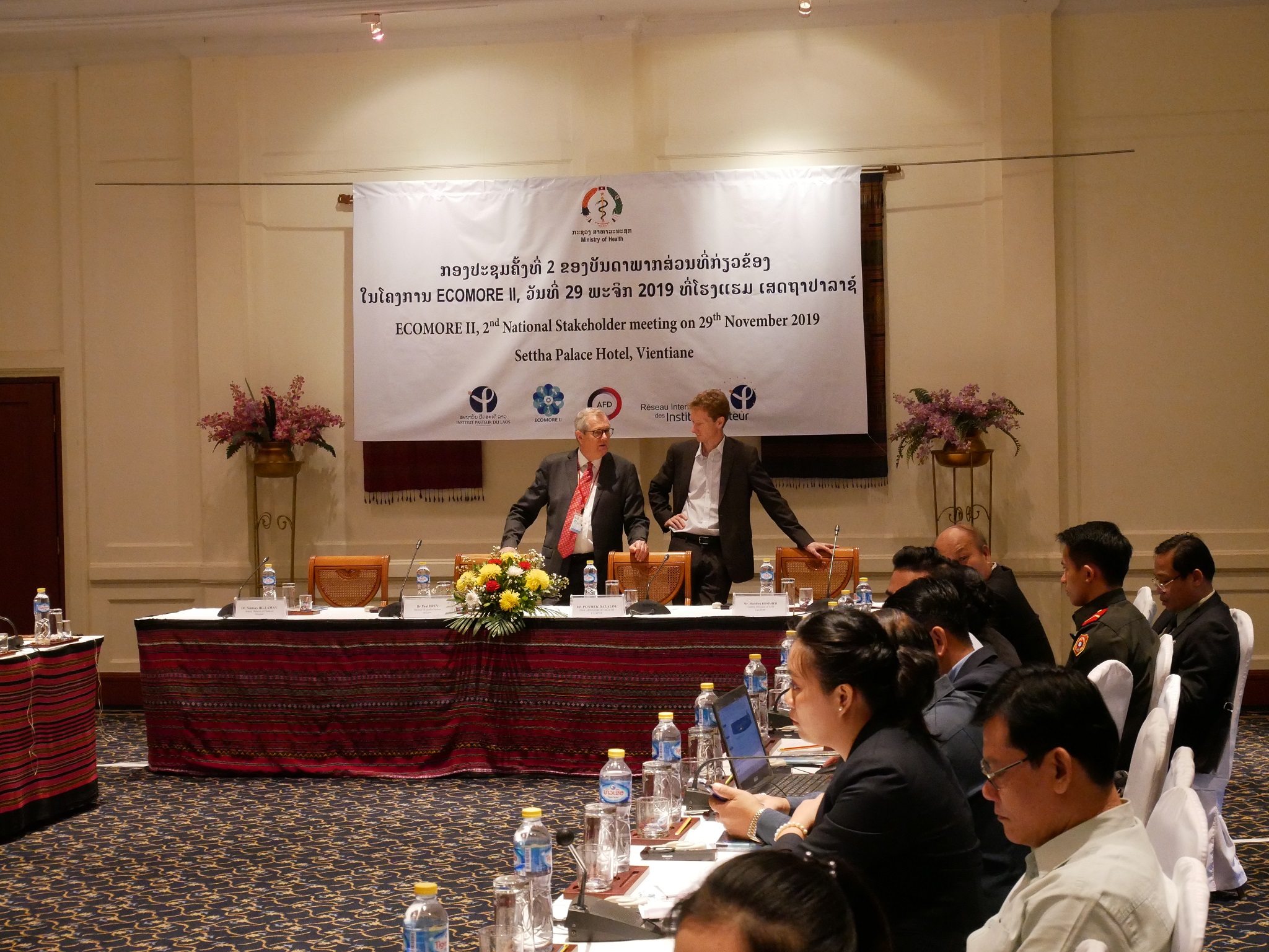
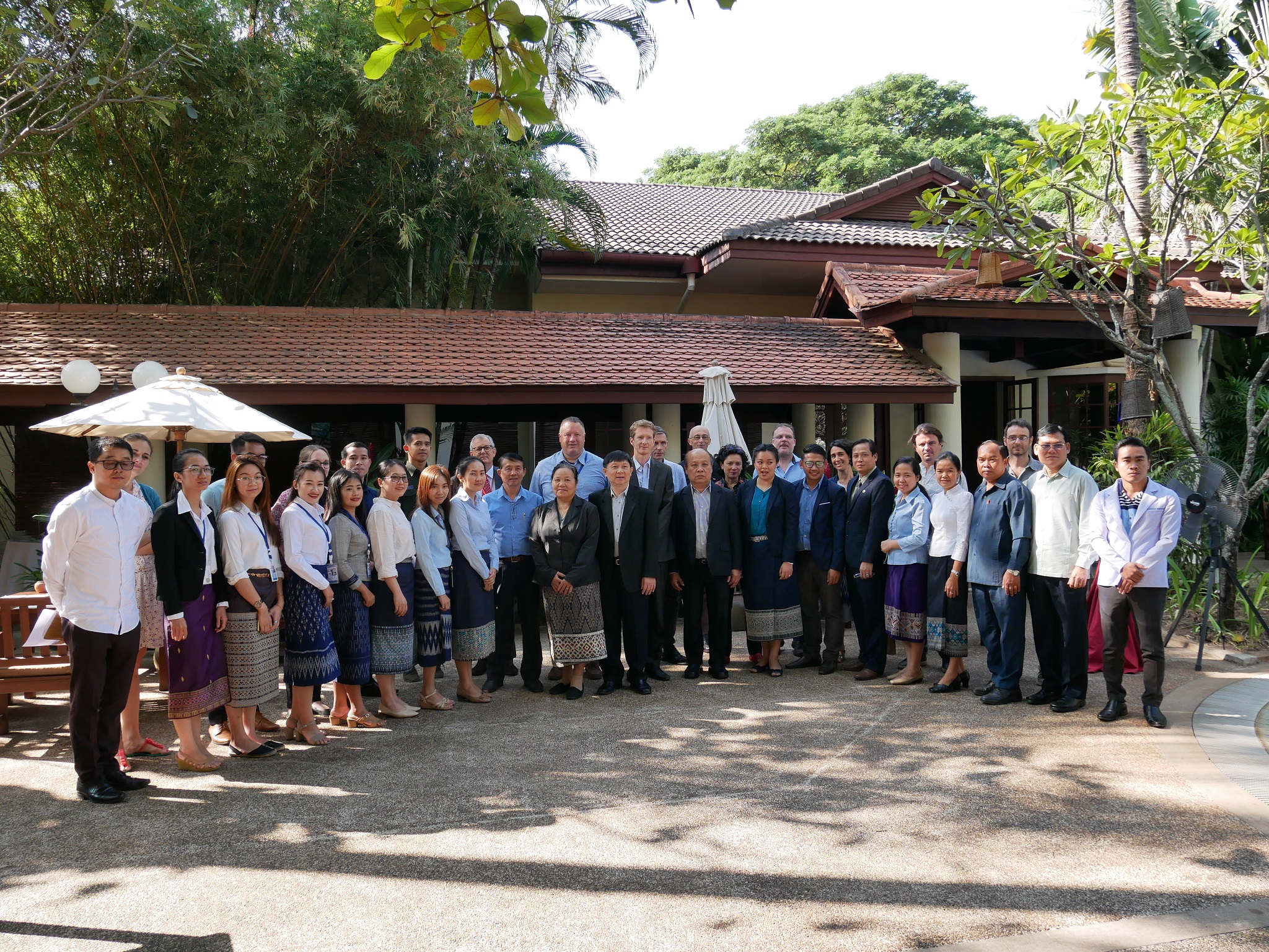

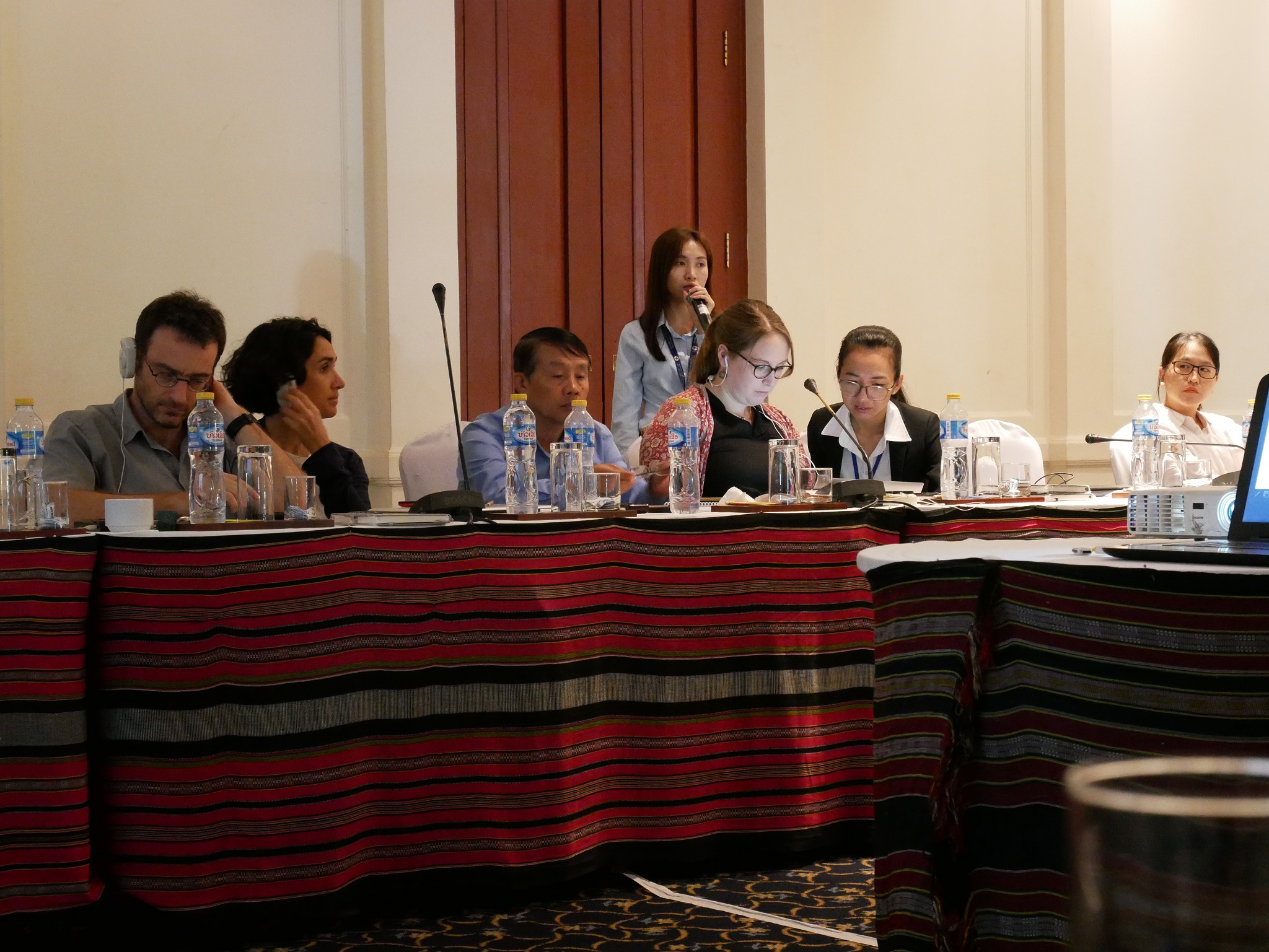
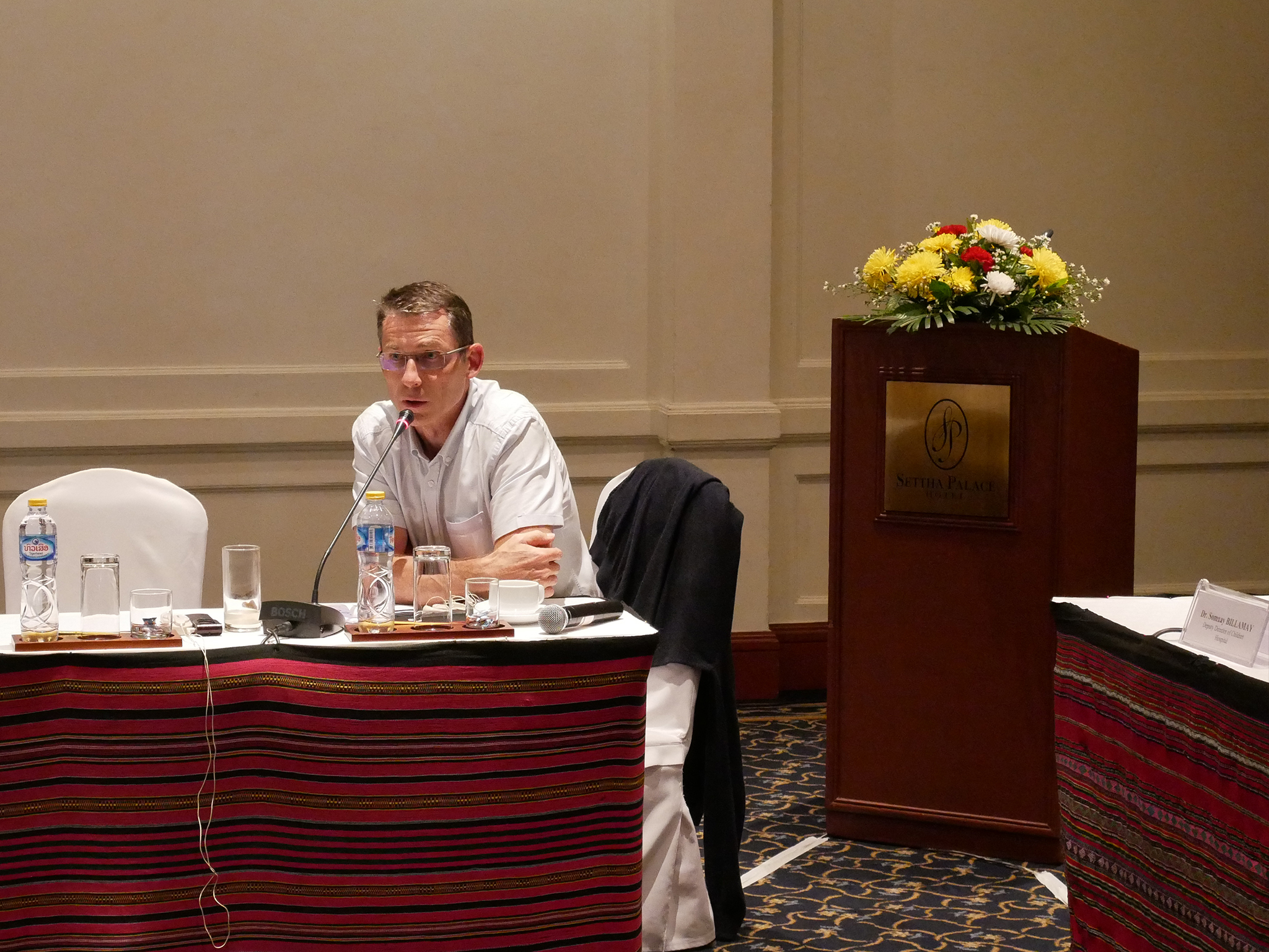
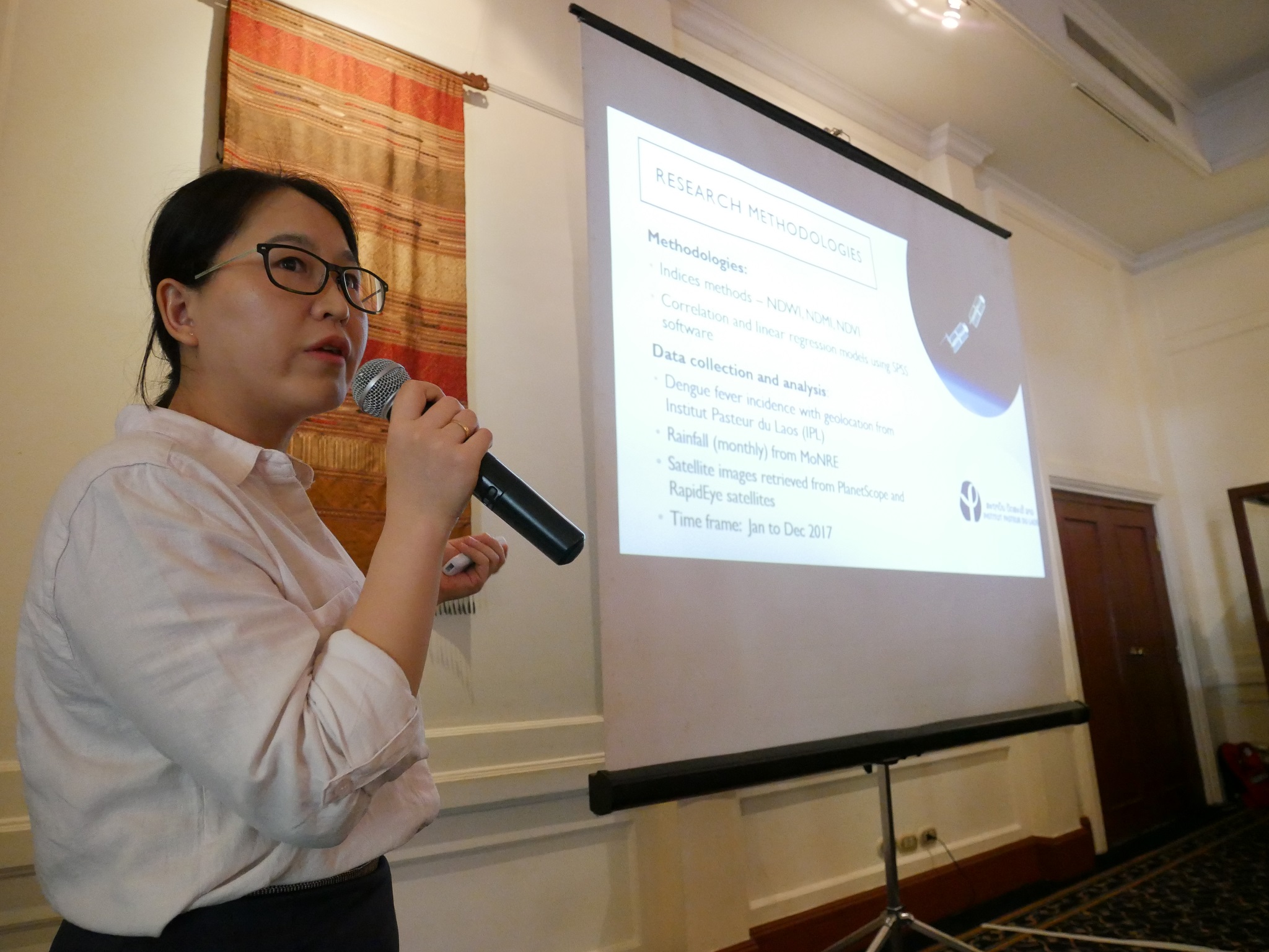
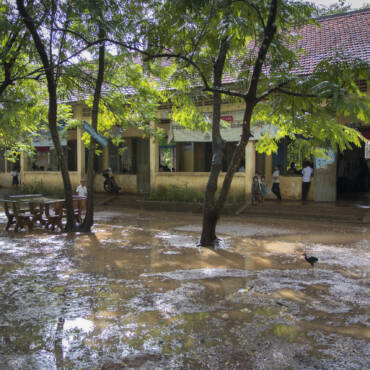
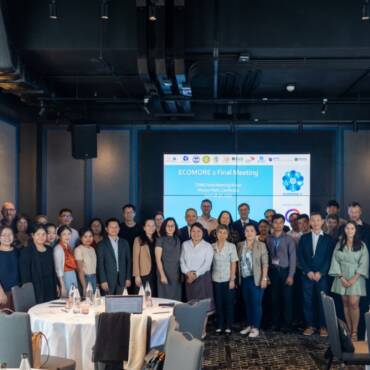
Add Comment